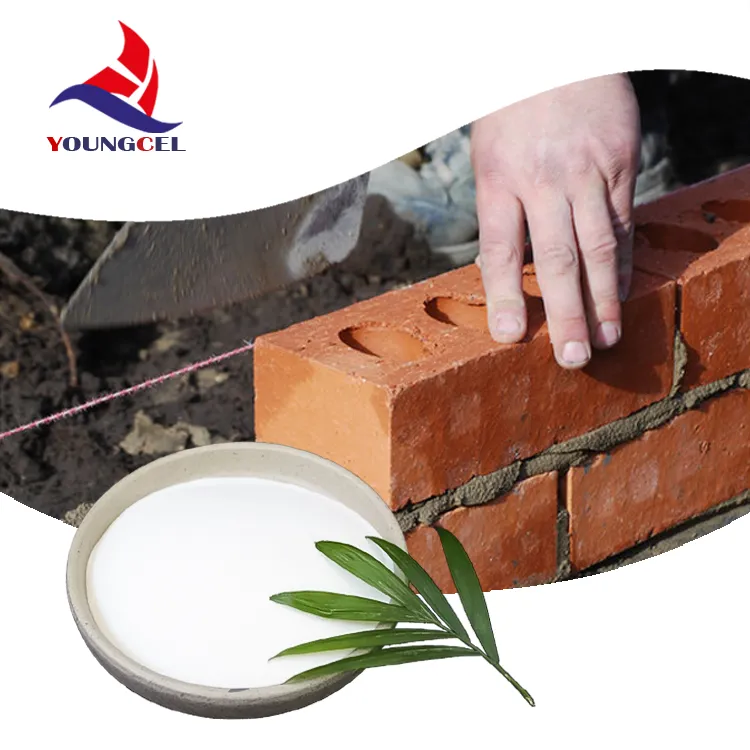The Role of Chemical Auxiliary Agents in Modern Industries
Chemical auxiliary agents are essential components in various industrial processes, playing a critical role in enhancing the efficiency and effectiveness of production. These substances, often used in small quantities, assist in the formulation of products by improving properties such as stability, reactivity, and performance. From textiles to pharmaceuticals, the applications of chemical auxiliary agents are vast and varied, reflecting their significance in the modern industrial landscape.
The Role of Chemical Auxiliary Agents in Modern Industries
Similarly, in the paint and coatings industry, chemical auxiliaries play vital roles in ensuring product performance. Additives such as stabilizers, emulsifiers, and dispersants are used to enhance the application properties of paints. These agents prevent the separation of components, improve shelf life, and ensure that the final product adheres properly to various substrates. By modifying the viscosity and flow characteristics of the paint, chemical auxiliary agents enable smoother application and better finish, making them indispensable for manufacturers.
chemical auxiliary agent

The pharmaceutical industry also benefits greatly from the use of chemical auxiliary agents. Excipients, for instance, are substances formulated alongside the active pharmaceutical ingredient (API) to facilitate its manufacturing and enhance stability, bioavailability, and patient acceptability. These agents might include binders, fillers, or disintegrants that aid in tablet formation or solubilizers that enhance the absorption of drugs in the bloodstream. The careful selection and application of these auxiliary agents can significantly affect the efficacy of pharmaceutical products and patient outcomes.
Moreover, in construction and paving applications, chemical auxiliaries are utilized to modify the properties of cement, concrete, and asphalt. Plasticizers and superplasticizers improve the workability of concrete, while retarders can extend the setting time, allowing for easier application. These enhancements are crucial for ensuring structural integrity, durability, and the overall performance of the final product.
Despite their wide-ranging advantages, the use of chemical auxiliary agents must be approached with caution. Regulatory frameworks often govern their application to ensure environmental safety and human health. Many industries are now inclined towards adopting green chemistry principles, striving for auxiliary agents that are less harmful and more sustainable. This trend has led to the development of bio-based alternatives and innovations that reduce toxic by-products and improve the overall sustainability of industrial processes.
In conclusion, chemical auxiliary agents are integral to numerous industries, enhancing product performance and process efficiency. Their ability to improve the quality and functionality of products cannot be understated. As industries evolve and face new challenges, the innovation and implementation of effective and sustainable chemical auxiliary agents will continue to be vital for future advancements. By balancing the benefits and potential risks associated with their use, manufacturers can harness the power of these agents to propel their industries forward, ultimately benefiting consumers and the environment alike.
-
Premium Detergent Grade HPMC Hydroxypropyl Methylcellulose: Superior Thickening & StabilityNewsAug.31,2025
-
HEC 100000 Hydroxyethylcellulose for Paint | Superior ThickeningNewsAug.30,2025
-
Wall Putty Rdp Powder Packaging DesignNewsAug.29,2025
-
Introduction to Hpmc Hydroxypropyl Methyl CellulosNewsAug.29,2025
-
Hpmc Industri Grade IntegrationNewsAug.29,2025
-
How to Choose the Right Construction AdhesiveNewsAug.29,2025




